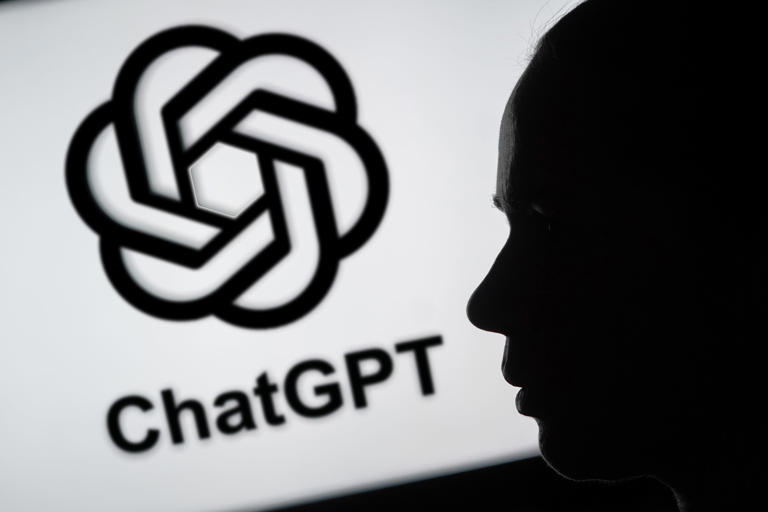In the realm of financial analysis, where precision and insight are paramount, a groundbreaking study recently unfolded, probing the capabilities of OpenAI’s GPT-4 in navigating the labyrinthine landscape of numerical data. Spearheaded by three distinguished scholars from the University of Chicago Booth School of Business — Alex Kim, Maximilian Muhn, and Valeri Nikolaev — the study embarked on a quest to ascertain whether GPT-4 could effectively dissect financial statements sans any textual context.
In a departure from conventional approaches, the researchers meticulously curated a dataset comprising over 150,000 firm-year observations spanning nearly five decades, encompassing a diverse array of companies numbering around 15,000. Eschewing customary textual elements typically found in quarterly earnings reports, such as the Management Discussion and Analysis (MD&A) section, the study adopted a purist approach, focusing solely on numerical financial data. This deliberate omission aimed to isolate GPT-4’s ability to analyze and synthesize financial numbers, devoid of textual crutches.
The results of the study unveiled intriguing insights into GPT-4’s performance, shedding light on its prowess in the domain of financial analysis. When presented with straightforward prompts devoid of intricate step-by-step instructions, the model exhibited a comparable accuracy rate to human analysts, clocking in at an impressive 52%. However, the model’s performance underwent a remarkable transformation when provided with a structured command prompt, akin to human analytical approaches. In this scenario, GPT-4 surged ahead, demonstrating a notable 60% accuracy rate, thus showcasing its potential to surpass human analysts when armed with clear directives.
Of particular interest was the revelation that GPT-4 displayed a penchant for analyzing larger, more established companies with greater efficacy. Notably, when tasked with scrutinizing companies of considerable stature, such as Apple, the model exhibited a relatively superior performance. This observation resonates with prior literature suggesting that larger firms, with their lower idiosyncratic variability, offer more conducive environments for accurate financial analysis.
However, amidst the promising strides made by GPT-4, the study underscored the multifaceted nature of financial analysis, emphasizing the indispensable role of human judgment, intuition, and common sense. While the model showcased remarkable capabilities, it fell short of achieving absolute accuracy, underscoring the enduring value of human expertise in navigating complex financial landscapes.
In essence, the research neither heralds the imminent replacement of human analysts by AI nor dismisses the transformative potential of advanced language models in augmenting financial analysis. Instead, it offers a nuanced perspective, illustrating the evolving symbiosis between human expertise and AI technology in deciphering the intricacies of financial markets.
As technology continues its inexorable march forward, the study serves as a poignant reminder of the burgeoning possibilities in financial analysis, offering a tantalizing glimpse into the future of data-driven decision-making. While the question of AI’s ultimate role in financial analysis remains unresolved, the research underscores the imperative of embracing technological innovations while preserving the irreplaceable essence of human judgment.
